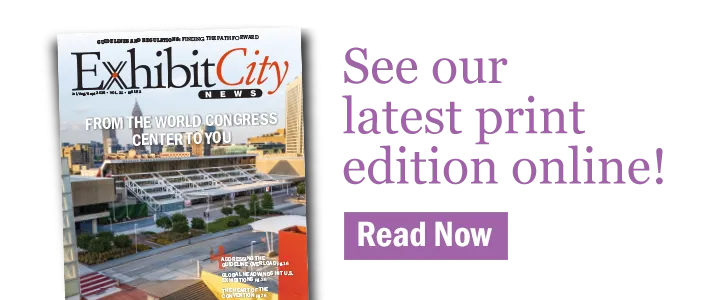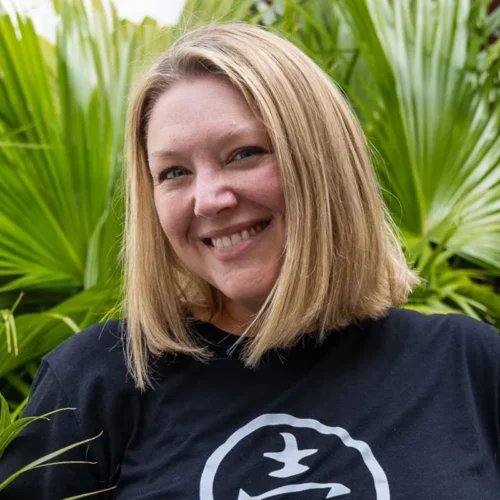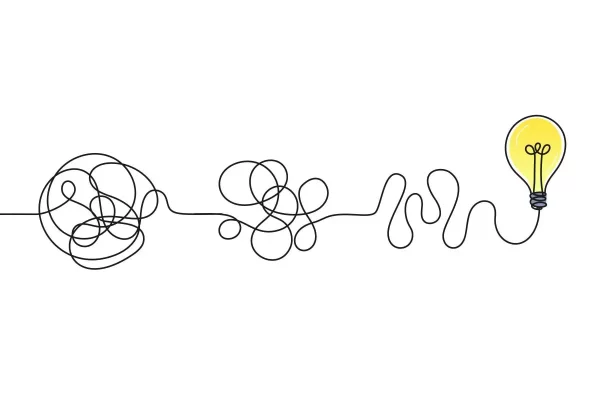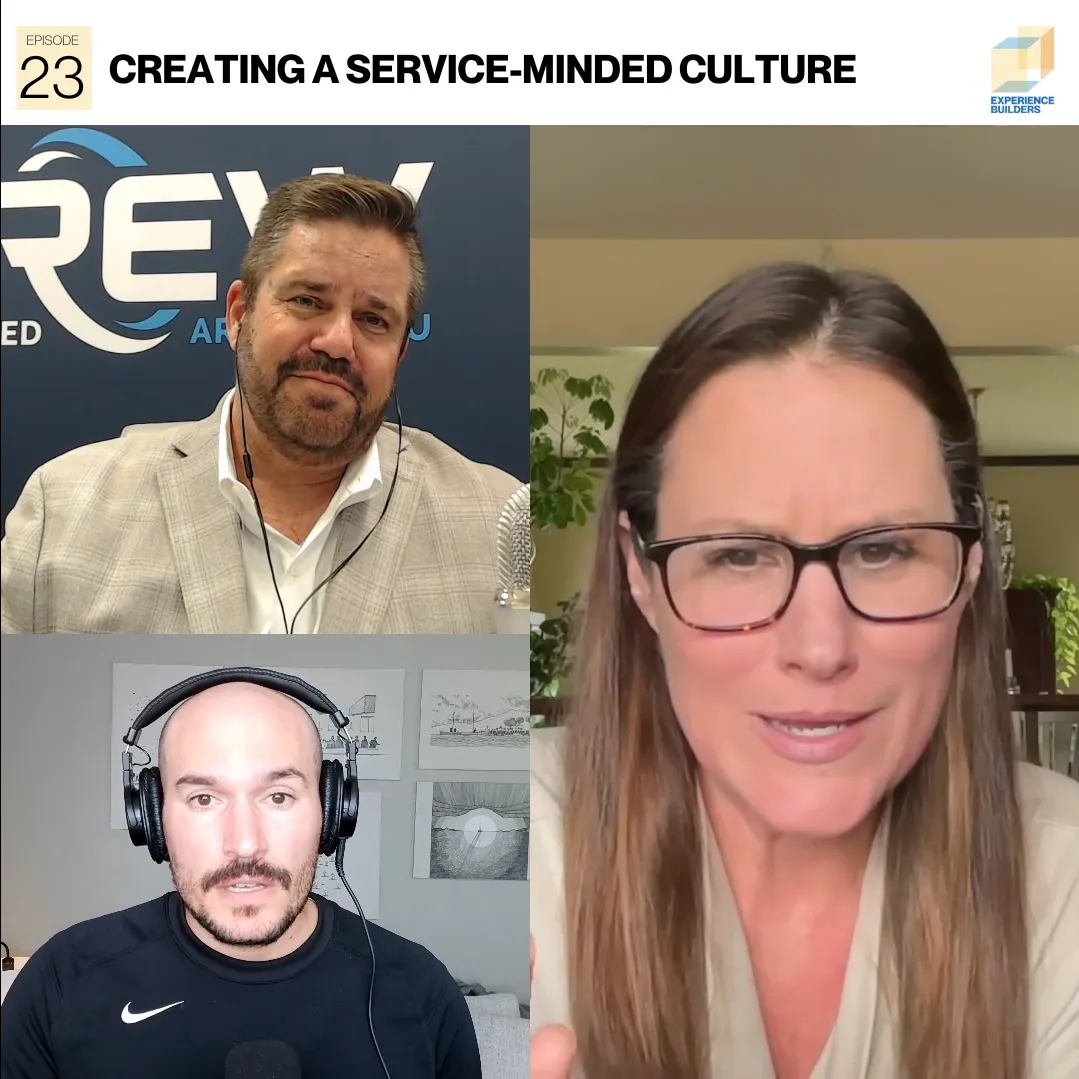As a 20-year veteran of corporate event management at Fortune 50 companies, at one point responsible for a more than $20 million third-party event sponsorship budget, I can tell you that the inputs required to make business a decision are varied and matrixed. Sometimes, a CMO wants to go to a show and the money magically appears. Sometimes, the sales rep has some discretionary budget and can make the call. But how are decisions really made?
The Small Regional Trade Show
How the sale happens: Often, sales and marketing teams are able to support current clients by participating in their small trade show programs. These are the sub-$5000 sponsorships with a pop-up booth from the storage unit or the sales rep’s garage. Many times, these events are selected when a customer contacts their sales rep directly and asks for their support. Timelines for these requests are generally 45-60 days pre-event.
Expected ROI: The sales rep is usually the person manning the booth. They are often exhibiting for one of two reasons: to make the company’s employees more aware of the offerings or as a token of appreciation to the company. Getting a few meetings with the Vice Presidents of various companies is generally enough ROI to make this experience worthwhile for the sales rep. Great conversations and account expansion opportunities are ideal.
The Mid-Sized Industry Association Show
How the sale happens: If the company is looking to expand into new markets or gain market share in an existing vertical, these events are essential to add into the mix. A marketing manager may do research to find these events, but most of the time they are discovered through outbound sales by the industry association or through word of mouth. Ideally, we’re planning to participate a year in advance, but sometimes these come in two quarters in advance, and we can still budget for them.
Expected ROI: We’re looking for leads here. We call it “new logos,” and that’s what we’re after. This is a demand generation play and we absolutely, positively want to know if we can get a speaking opportunity. Our plan here is to get people interested in the session and drive them to the booth for conversation and demos. If your industry event is a keynote, breakout, and expo formula with no opportunity for engagement, we’re not interested. We want into the parties. We want to take people out to dinner. We want you to drive traffic into the expo. If your show has put the expo hours up against the speaking sessions, we are wary of your plan as standing in a booth for seven hours a day with a trickle of people coming and going is a less than ideal experience.
The Large-Sized Industry Association Show
How the sale happens: These are well-known industry events, and we plan a year out for this. We may have even booked our booth while we were at the show last year. More often than not, this is a cross-company event, so we’re negotiating internally for the budget with other business units. I’m thinking of events like NAB, Mobile World Congress, and HIMSS. Our internal struggle here is managing the “pay to play” budget scenarios across multiple BUs. Perhaps the corporate team can pay for the sponsorship, but the booth build will be dependent upon three different product teams pitching in their talent, and the regional team footing the bill for the dinners and parties. These are slower to plan due to the internal tin-cupping that has to happen. Many different things within the booth need to be agreed upon across multiple people.
Expected ROI: From a corporate perspective, we want to see a roll-up of pipeline from this booth experience. Since we’ve tin-cupped the budget, each business unit wants each badge scan qualified so it can be routed appropriately, internally for follow-up and tracking. We want speaking sessions, but since this is across the company, we need a clear understanding of the speaking tracks to see if we can get multiple opportunities. We’re spending a lot of money at this event, and we need major exposure.
The Third Party (Proprietary) Events for Other Companies
How the sale happens: When we go to events like Dreamforce or Oracle Open World or VMWorld or SAP Sapphire, we treat these like large-sized industry events. We’re there because you have the right target demographic for us and because we need to be seen as equal to or better than our competitors. We’re either at your event because we have a sales relationship to you, or because your expo salesperson reached out and showed the value of your attendees. These are often over-priced shows compared to the other ones we participate in, so we are manically focused on our pipeline, but we also know we have to look good here.
Expected ROI: While I want to tell you that this one is all about new logos, leads, and ultimately pipeline, this is often also our chance to try and compete visually with our competitors. We want to be your favorite. We want to be your attendees’ favorite. If you can give us special access to things like VIP experiences for our executives, opportunities to be with your attendees in smaller, more intimate environments than the show floor, we will pay you more. We always make room in the budget to do something else at your event, so if you have fun ideas two weeks before the show, don’t be afraid to reach out and let us know what the offer is.
When I was at Dell, we organized our trade show program into three tiers. The tiers were:
Tier 1 events: The global and corporate-level events where sponsorship and basic booth build came from the corporate budget. The space was generally a 20×20 or larger booth. Our corporate team managed the project and the high-level messaging. We got additional budget buy-in from the business units relevant to the audience.
Tier 2 events: The business unit-specific events that got corporate event team support but were budgets in the Bus—like a healthcare show (RSNA, for example), or a Fed show (Supercomputing).
Tier 3 events: Events that were created with an “event in a box” approach, where the sales rep or region paid for the event and the corporate team supplied the assets for use.
Here are a few key questions to ask to understand how complex the project will be for your client:
- Do you using an internal tiering system for categorizing your events? If so, what tier is this event for you?
- Where is the budget coming from for this event? How many internal groups are pitching their expertise into it?
- How many internal stakeholders are you beholden to for approvals?
- Which group internally is leading the messaging strategy?
- Who owns the leads from the show, or are they being split up among the BUs?
- Is your full budget going to the exhibit, or do you have additional funding for ancillary events?
- What do you need to see from this show to know if you want to participate again next year?
If you’re working with a corporate team to sell them exhibit space or to drive a project forward, hopefully this glimpse inside the process will help provide a little clarity.
Liz Lathan, CMP, is a former corporate event strategist with 20+ years leading event teams at Fortune 50 companies like Dell and IBM. Today she runs a community for corporate event professionals called Club Ichi (weareichi.com) and through her company The Community Factory, she brings her trademark Spontaneous Think Tanks to corporate events to drive peer-to-peer engagement (thecommunityfactory.com).
This story originally appeared in the Q1 2024 issue of Exhibit City News, p. 34. For original layout, visit https://issuu.com/exhibitcitynews/docs/ecn_q1_2024.































